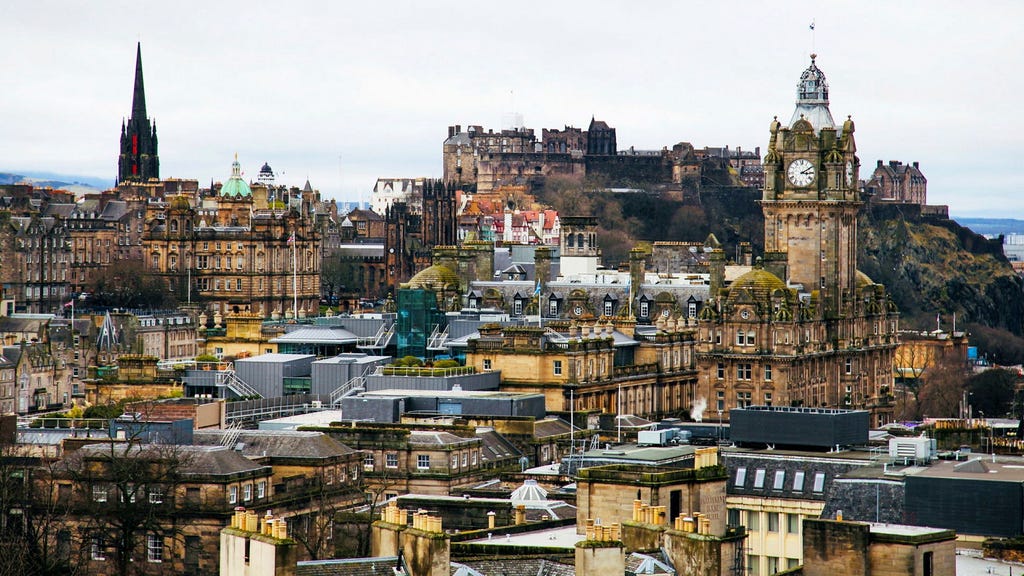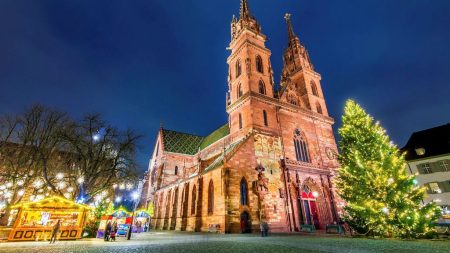Edinburgh, Scotland’s captivating capital, holds a unique allure for book lovers. Its cobbled streets, imposing architecture, and hidden closes whisper tales of literary giants and fictional characters, making a stroll through the city feel like stepping into the pages of a beloved novel. This literary richness permeates every corner of Edinburgh, from its historic pubs that once hosted literary luminaries to its grand libraries and bookshops brimming with literary treasures. This inherent connection to the written word led UNESCO to bestow upon Edinburgh the prestigious title of the world’s first City of Literature in 2004, a testament to its enduring literary heritage and vibrant contemporary scene. This recognition acknowledges not only the city’s rich literary past but also its ongoing commitment to fostering creativity and celebrating the power of storytelling.
The city’s literary landscape is deeply intertwined with the works of iconic authors who either called Edinburgh home or found inspiration within its walls. Robert Louis Stevenson, a native son, immortalized the city’s duality in his chilling masterpiece, Strange Case of Dr. Jekyll and Mr. Hyde. The story’s themes of good and evil find a parallel in the city’s own contrasting aspects: the grand elegance of New Town juxtaposed with the shadowy closes and winding streets of Old Town. This stark contrast, visually apparent throughout Edinburgh, provides a tangible backdrop to Stevenson’s exploration of the human psyche. Similarly, Sir Walter Scott, a towering figure in Scottish literature, drew inspiration from Edinburgh’s rich history and dramatic landscapes. His historical novels, including Ivanhoe, transport readers to a bygone era, while his Waverley Novels, set in Scotland, capture the spirit and essence of the nation’s past. Scott’s influence on Edinburgh’s literary identity is profound, evidenced by the iconic Scott Monument, a towering Gothic structure that dominates the city skyline, a permanent tribute to his literary legacy.
Beyond these literary giants, Edinburgh’s influence extends to contemporary works like the globally beloved Harry Potter series. While not explicitly set in Edinburgh, author J.K. Rowling found inspiration and solace within the city’s cafes and streets as she penned the early Harry Potter books. The Elephant House, a quaint cafe overlooking Edinburgh Castle, is often cited as one of Rowling’s writing haunts, attracting fans from around the world who seek to connect with the magical world she created. Greyfriars Kirkyard, a historic graveyard adjacent to George Heriot’s School, is believed to have inspired some of the character names in the series, further solidifying the city’s connection to the wizarding world. This tangible link to contemporary literature demonstrates Edinburgh’s continuing ability to nurture and inspire creative minds.
The designation of Edinburgh as a City of Literature is not merely a symbolic gesture but a reflection of the city’s active engagement with literature in all its forms. The city boasts a thriving literary festival, the Edinburgh International Book Festival, which attracts authors and book enthusiasts from across the globe. This annual event celebrates the written word through author talks, readings, workshops, and discussions, fostering a vibrant literary community and providing a platform for emerging writers. The Scottish Storytelling Centre, a dedicated space for the art of storytelling, further enriches Edinburgh’s literary landscape, offering performances, workshops, and a rich archive of Scottish oral traditions. These institutions, along with numerous independent bookshops and libraries scattered throughout the city, contribute to a vibrant and dynamic literary ecosystem.
Edinburgh’s UNESCO City of Literature status underscores the importance of literature in shaping the city’s identity and cultural fabric. It acknowledges the city’s historical role as a center of literary activity and its ongoing commitment to promoting literacy and fostering creativity. The city’s numerous literary landmarks, from the Writers’ Museum, which celebrates the lives and works of Robert Burns, Robert Louis Stevenson, and Sir Walter Scott, to the Scottish Poetry Library, a treasure trove of poetic works, serve as testaments to Edinburgh’s literary heritage. These institutions, coupled with the city’s vibrant literary scene, create an environment that nurtures and celebrates the power of the written word.
Visiting Edinburgh is an immersive experience for any literature enthusiast. Walking through its streets, one can almost sense the presence of literary giants who once walked those same paths. The city’s architecture, history, and atmosphere all contribute to a unique sense of place that is inextricably linked to its literary legacy. From the imposing Edinburgh Castle, perched atop an extinct volcano, to the charming closes and wynds of Old Town, every corner of the city seems to whisper tales of the past and inspire dreams of the future. This palpable connection to the written word makes Edinburgh a truly special destination, a city where literature comes to life.














